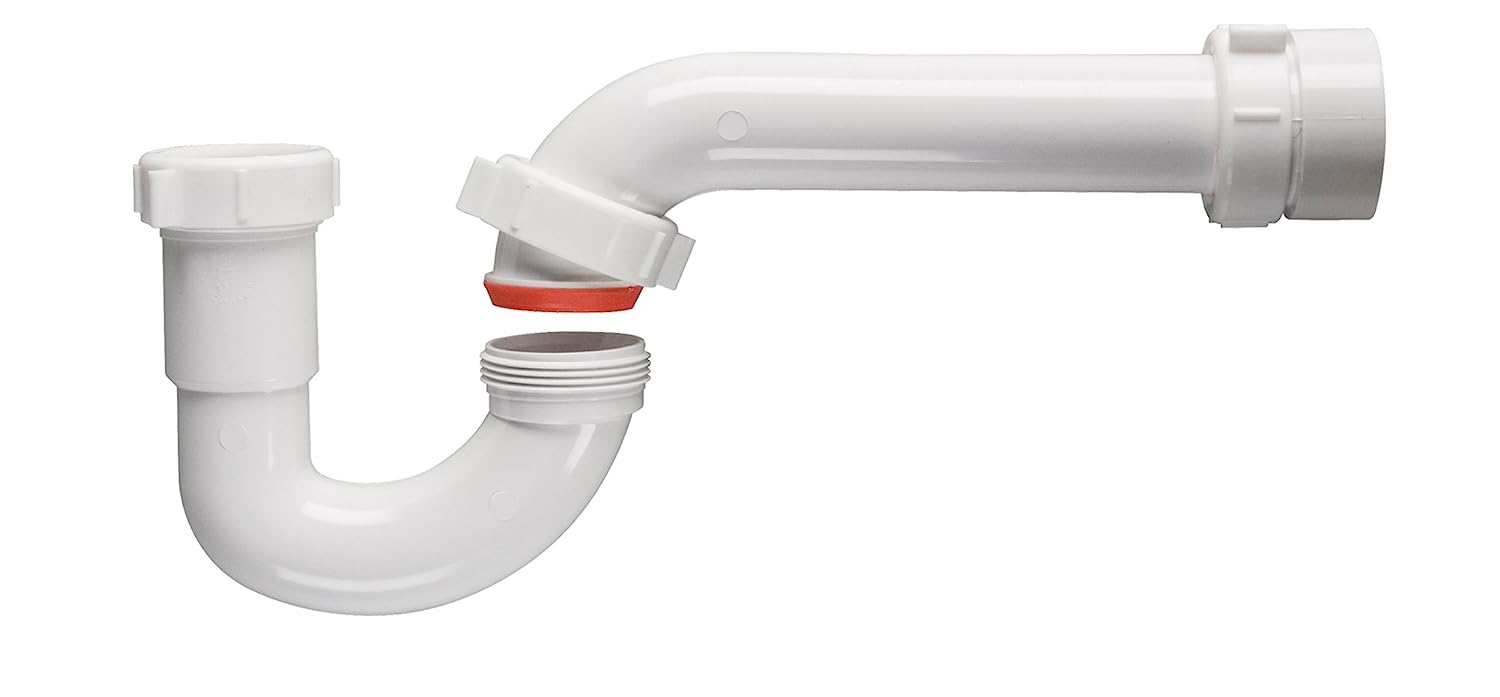Pittnb14
Member
Hello all,
I am a first time home owner making a first ever attempt at a plumbing related improvement.
I am changing the countertops in all of my bathrooms from cheap builder grade plastic to a nice quartz. My new sink drain, however, is roughly 1.5 inch deeper and roughly 2 inches further from the back wall, necessitating a change in location of the p trap.
Unfortunately, every joint in the p trap seems to be glued, including those joints meant to be tightened by hand. I’ve uploaded pictures here for reference.
My thought is that I’ll have to saw out the existing p trap near where it attaches to the wall and then fit the new drain with a new set-up.
Any advice on how to proceed? Guidance on how the new p trap set-up should look? Apologies in advance for dumb questions... first time repairs for me!
I am a first time home owner making a first ever attempt at a plumbing related improvement.
I am changing the countertops in all of my bathrooms from cheap builder grade plastic to a nice quartz. My new sink drain, however, is roughly 1.5 inch deeper and roughly 2 inches further from the back wall, necessitating a change in location of the p trap.
Unfortunately, every joint in the p trap seems to be glued, including those joints meant to be tightened by hand. I’ve uploaded pictures here for reference.
My thought is that I’ll have to saw out the existing p trap near where it attaches to the wall and then fit the new drain with a new set-up.
Any advice on how to proceed? Guidance on how the new p trap set-up should look? Apologies in advance for dumb questions... first time repairs for me!







